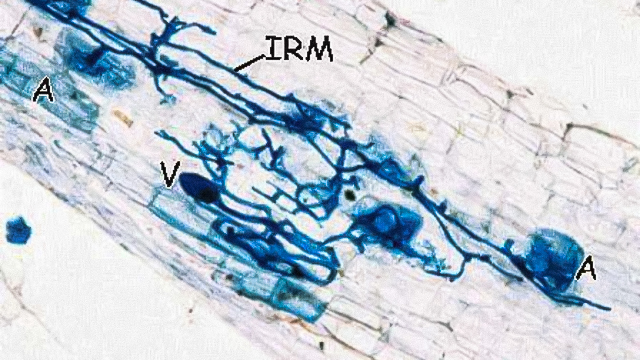
By Denzel Nyathi
Distinguished academics, lecturers, Deans, DVCs, and other special guests gathered to hear the inaugural lecture delivered by Professor Joanna Dames late last month. The mood was celebratory as Dames stood to give her first lecture as a full Professor at Rhodes University.
Dames is a professor within the Biochemistry and Microbiology Department at Rhodes University. In the span of her career, she had been the Head of the Biochemistry and Microbiology Department before ascending to the role she presently occupies as Deputy Dean of Science. This is her second term as Deputy Dean since 2016 and she has been acting Dean of Science several times since then.
Between these significant career feats and having attracted R14 million worth of funding from various sources (including, but not limited to, the National Research Foundation and the Department of Agriculture), she has long kept the same research interests. Where many shy away from the dirty work, Professor Dames' fascination is in the soil. More specifically, in the abundance of life within the soil.
On that topic, Professor Dames delivered her "Underground Connections" lecture, which explored her specific interest in mycorrhizal fungi. She had written a paper on mycorrhizal fungi in her honours year, which she admits to not having performed well on. Later in her career, she would once again come across mycorrhizal fungi in her work at the Department of Agriculture. Upon expressing her interest in the relatively niche subfield, a colleague at the Department of Agriculture took a young Dames out into the garden with a spade, dug up the soil, and showed her how to look for mycorrhizal fungi. At that very moment, she decided if ever she had the opportunity to study further, she would focus her work on this particular fungi.
She professed at the start of the presentation that it was always something that excited and fascinated her, and years later, it feels just as true.
Over the next 40 minutes, she spoke about the complicated world of mycorrhizal fungi in all their various forms and where they are found in South Africa. She looked at the role the fungi play in sustaining soil. She also looked at the symbiotic relationship between the fungi and the plant roots and how it helps the plants occupy the lands. One example was the role of these fungi in helping the beautiful fynbos in South Africa occupy stretches of the Eastern and Western Cape.
Relating the research to South Africa was just one of the ways in which she shone a light on the relevance of the research in our context. She also looked at how the fungi are a silent protector of plant life in troubling climate change conditions and their effects on agricultural industries.
"I went to study microbiology and mycology mainly because I wanted to be different," she shared, reflecting on why she initially started her academic journey. And while she certainly did make a profound name for herself in a unique field of study, perhaps her greatest difference lies in the number of students she has been willing and able to help in their studies over the years. Professor Dames currently leads seven postgraduate students. Her work is celebrated by her peers and students, past and present.
Much like the mycorrhizal fungi that network underneath our steps, Professor Dames ended her lecture by acknowledging the network all around her – colleagues, students, and her family – who have continuously encouraged her to keep digging.
